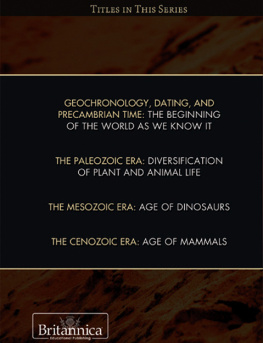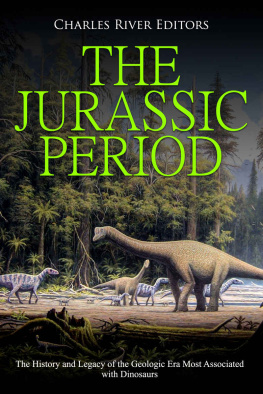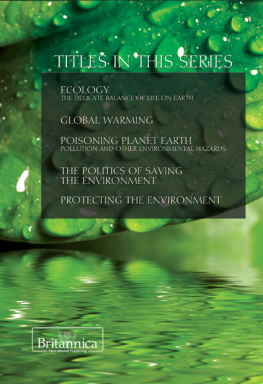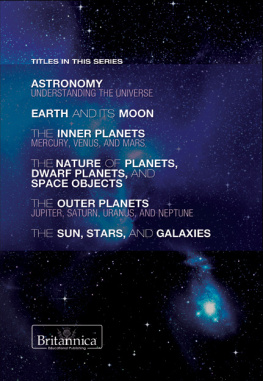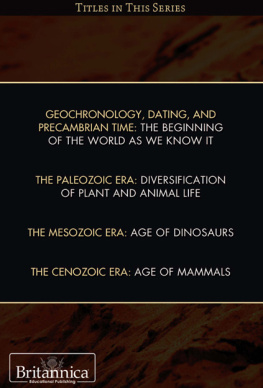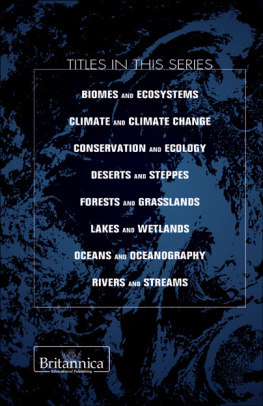GEOCHRONOLOGY, DATING, AND PRECAMBRIAN TIME
THE BEGINNING OF THE
WORLD
AS WE KNOW IT
THE GEOLOGIC HISTORY OF EARTH
GEOCHRONOLOGY, DATING, AND PRECAMBRIAN TIME
THE BEGINNING OF THE
WORLD
AS WE KNOW IT
EDITED BY JOHN P. RAFFERTY, ASSOCIATE EDITOR, EARTH SCIENCES

Published in 2011 by Britannica Educational Publishing
(a trademark of Encyclopdia Britannica, Inc.)
in association with Rosen Educational Services, LLC
29 East 21st Street, New York, NY 10010
Copyright 2011 Encyclopdia Britannica, Inc. Britannica, Encyclopdia Britannica,
and the Thistle logo are registered trademarks of Encyclopdia Britannica, Inc. All
rights reserved.
Rosen Educational Services materials copyright 2011 Rosen Educational Services, LLC.
All rights reserved.
Distributed exclusively by Rosen Educational Services.
For a listing of additional Britannica Educational Publishing titles, call toll free (800) 237-9932.
First Edition
Britannica Educational Publishing
Michael I. Levy: Executive Editor
J.E. Luebering: Senior Manager
Marilyn L. Barton: Senior Coordinator, Production Control
Steven Bosco: Director, Editorial Technologies
Lisa S. Braucher: Senior Producer and Data Editor
Yvette Charboneau: Senior Copy Editor
Kathy Nakamura: Manager, Media Acquisition
John P. Rafferty: Associate Editor, Earth Sciences
Rosen Educational Services
Alexandra Hanson-Harding: Editor
Nelson S: Art Director
Cindy Reiman: Photography Manager
Matthew Cauli: Designer, Cover Design
Introduction by Monique Vescia
Library of Congress Cataloging-in-Publication Data
Geochronology, dating, and precambrian time: the beginning of the world as we know it /
edited by John P. Rafferty.1st ed.
p. cm.(The geologic history of Earth)
In association with Britannica Educational Publishing, Rosen Educational Services.
Includes bibliographical references and index.
ISBN 978-1-61530-195 -9 (eBook)
1. Geological time. 2. Geology, StratigraphicCambrian. I. Rafferty, John P.
QE508.G337 2010
551.7'1dc22
2009053648
On the cover: The Colorado River in the Grand Canyon, Arizona. Shutterstock.com
On page : This fossil is of Dickinsonia, a segmented flatworm that lived during the Precambrian era. O. Louis Mazzatenta/National Geographic/Getty Images
On pages : The ripple marks in this Australian sandstone show the action of Precambrian oceans on soft, ancient rock. Tim Graham Photo Library/Getty Images
CONTENTS
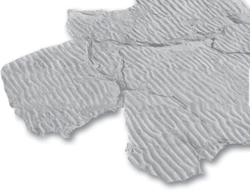











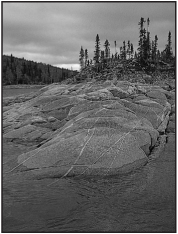


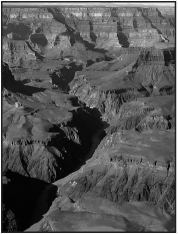

INTRODUCTION

P lanet Earth was formed roughly 4.6 billion years ago. For human beingsused to measuring time in terms of days, weeks, and monthssuch an enormous span of time can be a difficult concept to grasp. Geologists, scientists who study the Earth and the processes that continue to shape it, have broken up this vast expanse of deep time into major divisions based on what they have learned from the study of ancient rocks and fossils. The first of these divisionsfrom approximately 4.6 billion until 542 million years agois known as the Precambrian, meaning everything that happened before the Cambrian period. (Today some people prefer to call this period the Cryptozoic, which means hidden life.) Almost all of planet Earths history is Precambrian. Until recently, however, it has remained the most unknown, the strangest, and most perplexing period in all geologic historywhat some have referred to as the Dark Ages of Earths existence.
For centuries, the Earth yielded no fossil record to help humans envision Precambrian time. Discoveries of rich caches of fossils from the Cambrian period enabled scientists to assemble a vivid picture of the creatures that inhabited the planet during that time, but the Precambrian Earth remained largely unimaginable. What was known as the missing fossil record of the Precambrian period stood for more than a century as one of the great unsolved mysteries of the natural sciences. This mystery perplexed Charles Darwin and many other scientists who followed in his footsteps. Humans had not yet developed the various methods to accurately determine the age of rocks formed during this interval of geologic time. They had not yet identified and interpreted the remains of the microscopic bacteria that formed in the earliest oceans. The story scientists were beginning to piece together was full of gaps and inconsistencies. It offered glimpses of an alien Earth with an unstable, roiling surface, rocked by volcanic events and cosmic collisions, alternated between extremes of ice and fire, and an atmosphere that would poison most life as we know it today. How did such a hellish place give riseover the course of an almost unimaginable span of yearsto all the familiar features of our planet: oceans, mountains, and valleys, and an oxygen-rich atmosphere that sustains the flowering of plant and animal life in all its countless forms?
Next page







